Palace La Fontaine of Mansveld
by
Joan Blaeu
Detail
Date of first edition: 1649
Date of this map: 1649
Dimensions (not including margins): 40,5 x 51,5 cm
Condition: Excellent. Copper engraving on strong paper with. Sharp printing. Old coloured.
Condition rating: A
Verso: text in Dutch
Map reference: References: Van der Krogt 4, 2518; Fauser, 8155
From: Toonneel der Steden van ‘s Konings Nederlanden, Met hare Beschrijvingen, (…), Amsterdam
Price (without VAT, possibly to be added): €1 750,00 (FYI +/- $1 942,50 / £1 557,50)
Unless otherwise specifically stated on this map page, we charge the following expedition costs in euro (unfortunatelly, gone up with Covid, but still too low in reality!):
– Benelux: 40 euro
– Rest of Europe: 60 euro
– Rest of the World: 100 euro
In stock
Original title: Palatium Mansfeldicum prope Lutzenburgum

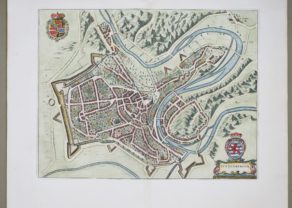
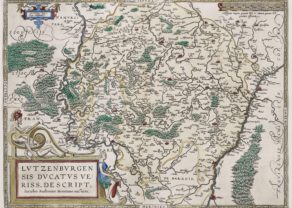
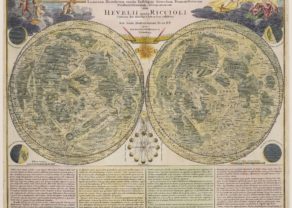
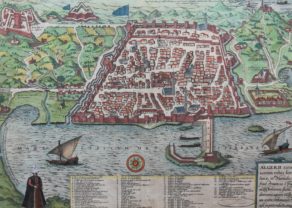
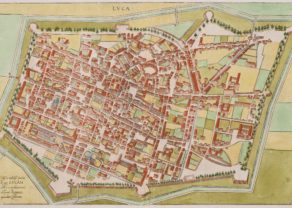
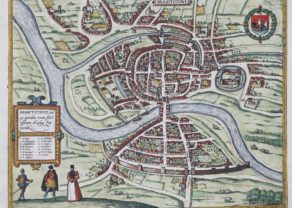
Peter Ernst I von Mansfeld-Vorderort
As a young man, Peter Ernst (20 July 1517 – 22 May 1604) came to the Spanish Netherlands with Charles V. He participated in the expedition against Tunis in 1535 and became governor of Luxembourg in 1545. He was made a knight in the Order of the Golden Fleece in 1546.
In the Eighty Years’ War, he initially joined to the protest of discontented nobles against the policies of King Philip II of Spain, but after the departure in 1564 of the influential bishop of Mechelen and political advisor Granvelle he reluctantly pulled out of the opposition back and finally rejected the Compromise of Nobles. After the iconoclastic he was even one of the main advisers of regent Margaret of Parma, and distinguished himself by his determination.
Amongst others he fought on the Spanish side in the Battle of Gembloux in 1578
When Farnese invaded France in 1590, Mansfeld was appointed Governor ad interim of the Spanish Netherlands. When Farnese died in 1592, Von Mansfeld effectively became governor until Archiduke Ernest of Austria took over in 1594.
Mansfeld built in the Luxembourg town of Clausen in the Alzette valley, a magnificent palace with park, called “La Fontaine”. It took forty years to construct the complex. After his death, however, this palace is in decline. Today there are only meager remains of about.